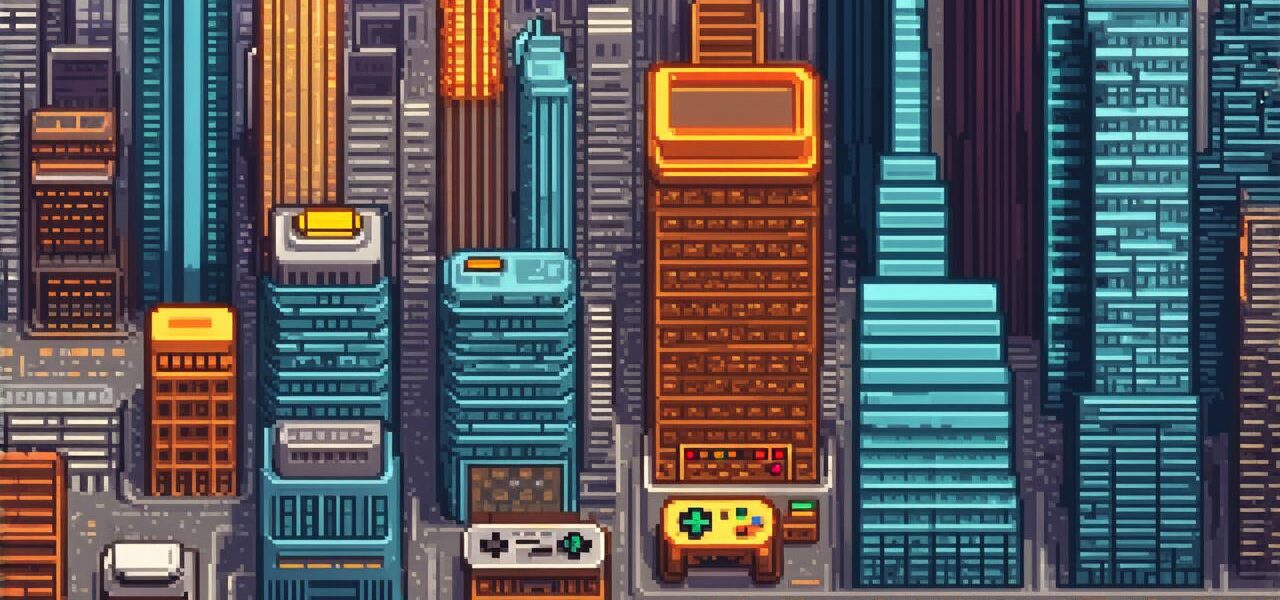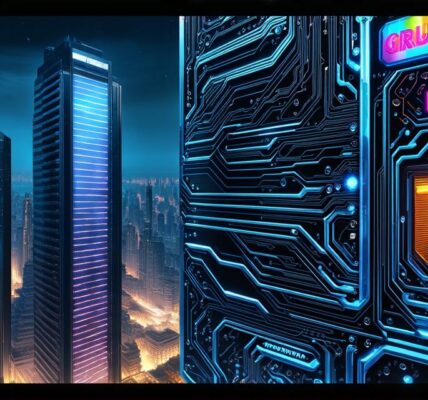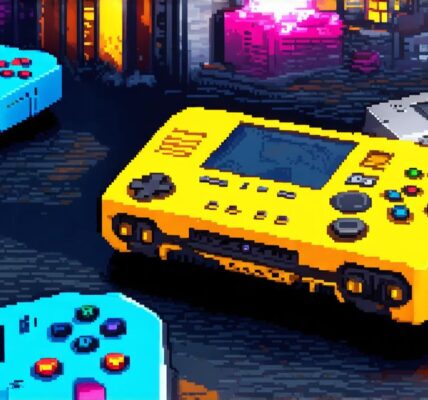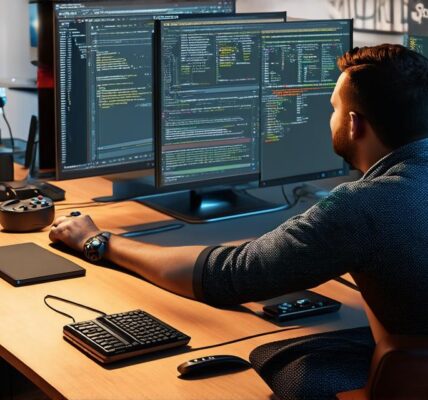Step 1: Understand the Basics of Game Development
Before diving into creating your own game, it’s important to have a basic understanding of game development. This includes understanding the different stages of game development, such as design, development, testing, and publishing. It also involves learning about various game engines and programming languages used in game development.
In Game Dev Tycoon, you can learn these concepts through tutorials and challenges that teach you the basics of game development.
Step 2: Define Your Game Idea
Once you have a basic understanding of game development, it’s time to start thinking about your own game idea. This could be anything from a strategy game to an adventure game, or even a simulation game like Game Dev Tycoon itself.
When defining your game idea, it’s important to think about what makes it unique and what players will enjoy about it. Consider the target audience for your game and what kind of gameplay mechanics will appeal to them. It’s also important to consider the challenges you may face when creating your game, such as balancing difficulty and creating engaging content.
Step 3: Design Your Game Mechanics
Once you have a basic idea for your game, it’s time to start designing the mechanics that will make your game unique. This includes things like character movement, combat, puzzles, and other gameplay elements.
In Game Dev Tycoon, you can use the game’s built-in tools to design and test your game mechanics. You can also experiment with different gameplay styles and mechanics to see what works best for your game. It’s important to keep in mind that game design is an iterative process, so don’t be afraid to make changes and adjustments as needed.
Step 4: Create Your Game Art and Assets
In addition to designing the mechanics of your game, it’s also important to create the art and assets that will bring your game to life. This includes creating characters, environments, sound effects, and other visual and audio elements.
In Game Dev Tycoon, you can use the game’s built-in tools to create your game art and assets. You can also import pre-made assets from online marketplaces or create your own using software like Photoshop or Blender. It’s important to keep in mind that the art and assets of your game should be visually appealing and complement the gameplay mechanics you have designed.
Step 5: Test and Refine Your Game
Once you have created your game, it’s time to start testing and refining it to ensure it is engaging and fun for players. This includes playtesting your game with friends or family members, gathering feedback from beta testers, and making adjustments based on that feedback.
It’s also important to test your game across different platforms and devices to ensure compatibility and performance issues are addressed.
Step 6: Publish Your Game
When you are ready to share your game with the world, it’s time to publish it on various platforms such as PC, Mac, iOS, Android, or consoles.
In Game Dev Tycoon, you can publish your game on various platforms and sell it through online marketplaces like Steam or the App Store. It’s important to consider the target audience for your game and which platforms they are most likely to use. You should also consider the pricing strategy for your game, as well as any promotional activities you may want to engage in to drive sales.
Case Study: Creating a Successful Game in Game Dev Tycoon
Let’s take a look at an example of a successful game created using Game Dev Tycoon. “Mystery Mansion” is a puzzle-adventure game where players must explore a mansion and solve puzzles to progress through the levels. The game was created by a high school student named Emily who used Game Dev Tycoon to learn about game development and create her own game.
Emily started by learning the basics of game design and programming in Game Dev Tycoon, using tutorials and challenges to understand how to create a puzzle-adventure game. She then designed the mechanics for her game, including character movement, puzzles, and other gameplay elements. Emily also created the art and assets for her game, including characters, environments, and sound effects.
Once Emily had finished creating her game, she tested it with friends and family members to gather feedback and make adjustments as needed. She then published her game on various platforms, including Steam and the App Store, and sold it through online marketplaces.
Today, “Mystery Mansion” has become a hit game, with thousands of players enjoying the challenge of exploring the mansion and solving puzzles. Emily’s success story shows that with dedication and hard work, anyone can create a successful game using Game Dev Tycoon.
FAQs
* Q: What is Game Dev Tycoon?
A: Game Dev Tycoon is a simulation game that allows you to experience the thrill of game development without any real coding knowledge.
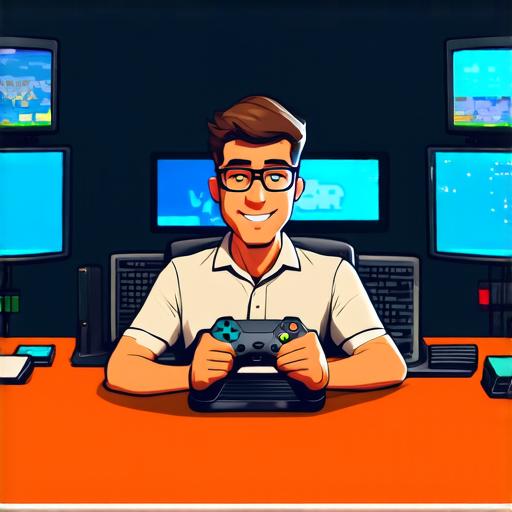
* Q: Is Game Dev Tycoon easy to use?
A: Yes, Game Dev Tycoon is designed to be easy to use for beginners, with tutorials and challenges that teach you the basics of game development.
* Q: Can I create a successful game using Game Dev Tycoon?
A: Yes, with dedication and hard work, anyone can create a successful game using Game Dev Tycoon.
* Q: How do I publish my game on various platforms?
A: In Game Dev Tycoon, you can publish your game on various platforms such as PC, Mac, iOS, Android, or consoles through online marketplaces like Steam or the App Store.
* Q: Summary
In conclusion, creating a successful game in Game Dev Tycoon is all about understanding the basics of game development, defining your game idea, designing your game mechanics, creating your game art and assets, testing and refining your game, and publishing it on various platforms. By following these simple steps and best practices, you can create a fun and engaging game that players will love.
